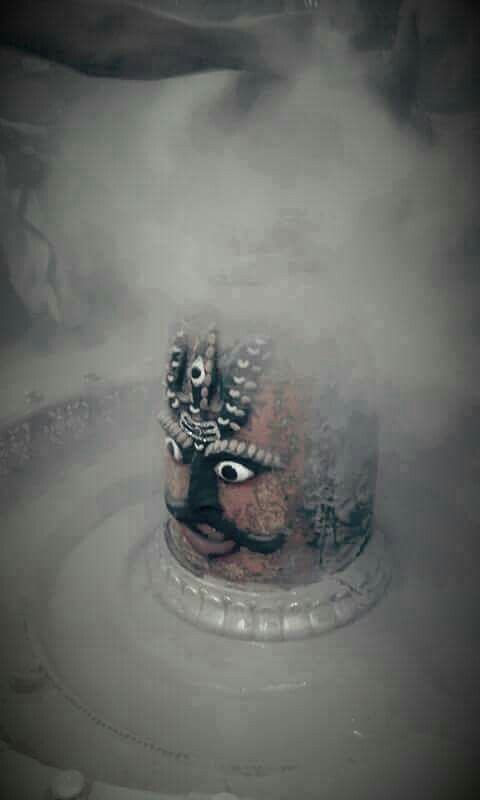Of the 12 jyotirlingas of Shiva, Ujjain is the place where Shiva appears as Mahakala. This form of Shiva is closely linked to hs Southern face of Aghora (meaning non-terrible where samsara is considered as terrible), the element of fire, and inspiration for the non-mainstream path of Yoga which goes by the name of Aghora.
Though the common conception today is that Aghora is strongly linked to the vamacara side of Tantra, which is true in practice, yet it is still not devoid of its vedic roots taken from the essence of the Aghora mantra of Rudra:
ॐ अघोरेभ्योऽथ घोरेभ्यो घोर घोर तरेभ्यः
सर्वेभ्यस् सर्व सर्वेभ्यो नमस्तेऽस्तु रुद्र रूपेभ्यः
Salutations to those who are not terrible, to those who are terrible, and to those who are both terrible and not terrible.
Everywhere and always I bow to all Rudra forms.
 In this path the sadhaka tries to plunge into the darkness of things which are regarded as impure or disturbing to the consciousness in standard practices – alcohol, sex, death – and transmute them into satwa until finally, he is able to go beyond the play of the three gunas and attain a state of absolute freedom from all limitations. There is nothing he fears anymore because there is nothing, howsoever dense and dark, that he is not able to control and transmute into the Divine.
In this path the sadhaka tries to plunge into the darkness of things which are regarded as impure or disturbing to the consciousness in standard practices – alcohol, sex, death – and transmute them into satwa until finally, he is able to go beyond the play of the three gunas and attain a state of absolute freedom from all limitations. There is nothing he fears anymore because there is nothing, howsoever dense and dark, that he is not able to control and transmute into the Divine.
Mahakala is thus that form of Rudra who is beyond all namarupa, names and forms, and thus beyond the limitations of change or Time. Consequently, Mahakala can take any form He so chooses for whatever purposes He deems fit. In that sense he is truly Aghora because He is completely beyond the play of Mahamaya.
The Mahakaleshwara jyotirlinga faces the Southern direction unlike lingas in other temples which face North. South is the direction of death and Aghora. He is thus also sometimes known as Dakshinamurti – South facing – but not to be confused with the Dakshinamurti form of Shiva much popular in Southern India. The energies are very different of these two forms.
Everyday there is special abhisekam done on the Linga of Mahakala using bhasma or ash from the cremation grounds. This is of tremendous spiritual importance and apt for maintaining the Shakti of the jyotirlinga linked to that specific and rare form of Rudra.








